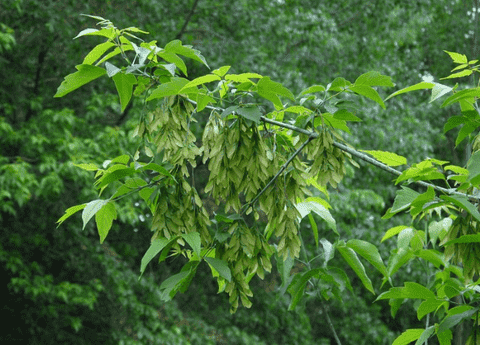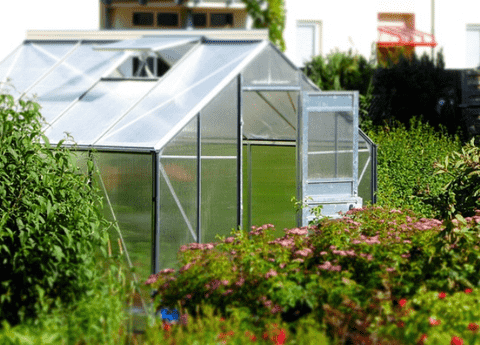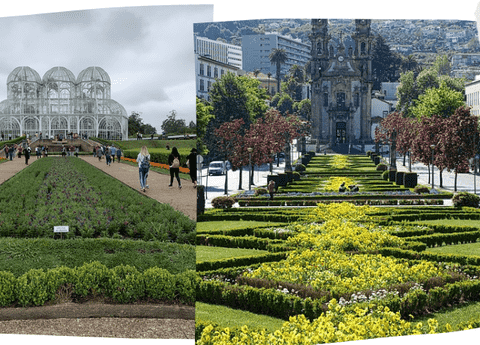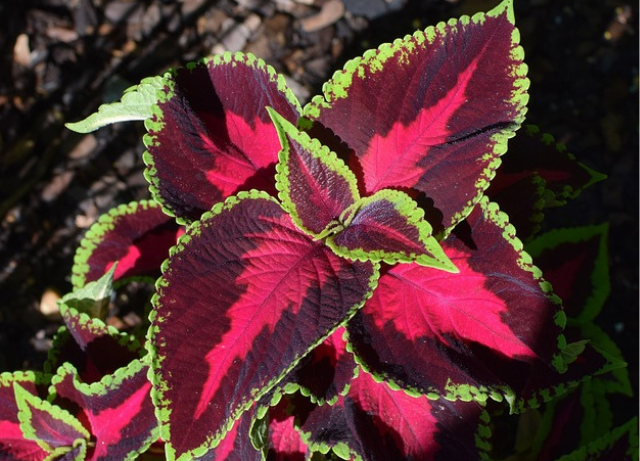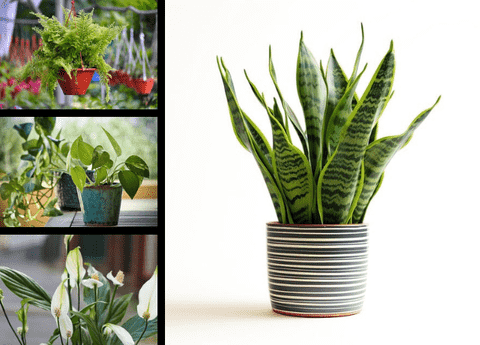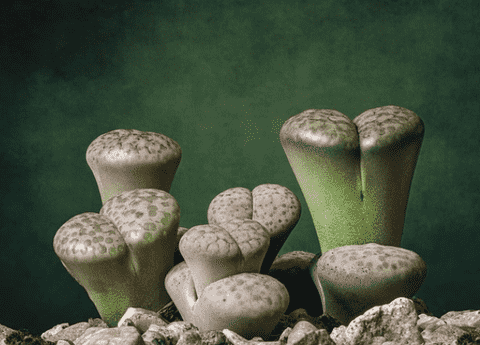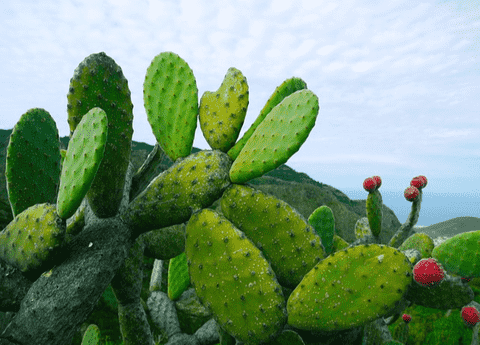The Ultimate Guide to Landscaping with Box Elder Trees 101: Tips for Garden Enthusiasts
Table of Contents
Landscaping with box elder trees can transform any garden into a vibrant, dynamic space with its unique beauty and fast-growing nature. Known scientifically as Acer negundo, these versatile trees are a popular choice among garden enthusiasts and homeowners looking to add a touch of lush greenery to their outdoor areas. In this guide, we will delve into the various aspects of integrating box elder trees into your landscape, offering practical box elder care tips and highlighting their benefits. Whether you’re a seasoned landscaper or a novice gardener, discover how these resilient, fast-growing trees for gardens can enhance your outdoor living space.
Introduction to Box Elder Trees
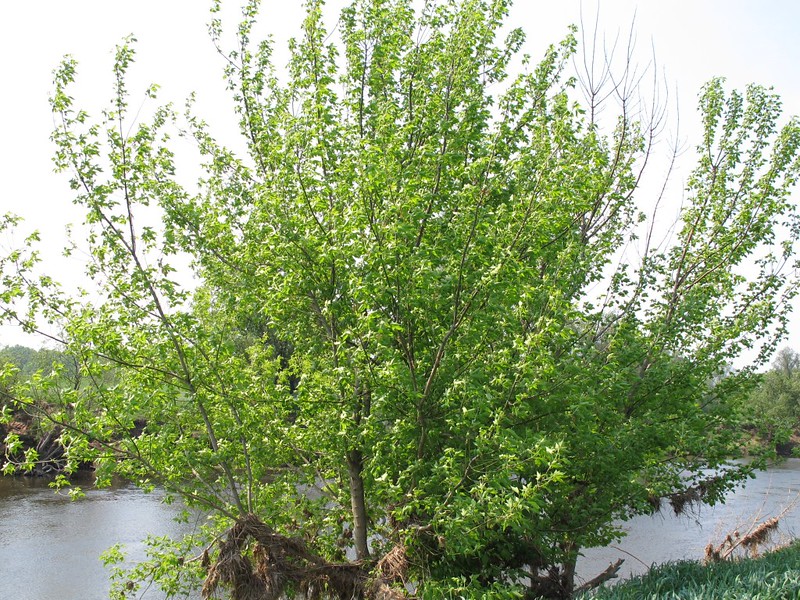
What is a Box Elder Tree?
The box elder tree, scientifically called Acer negundo, is a deciduous species native to North America. It belongs to the maple family and is recognized for its compound leaves, which are a rarity among maples. The tree is notably fast-growing, making it an attractive option for those looking to quickly enhance their landscape. Box elder trees can reach heights of 30 to 50 feet, providing ample shade and contributing to the ecological diversity of the garden. Their adaptability to various soil types and resilience to harsh conditions make them a practical choice for both novice and experienced gardeners. Additionally, these trees produce distinctive winged seeds, known as samaras, which add a unique visual element to their overall appearance. Understanding the basic characteristics of the box elder tree is essential for anyone considering its incorporation into their landscaping plans
Benefits of Landscaping with Box Elder
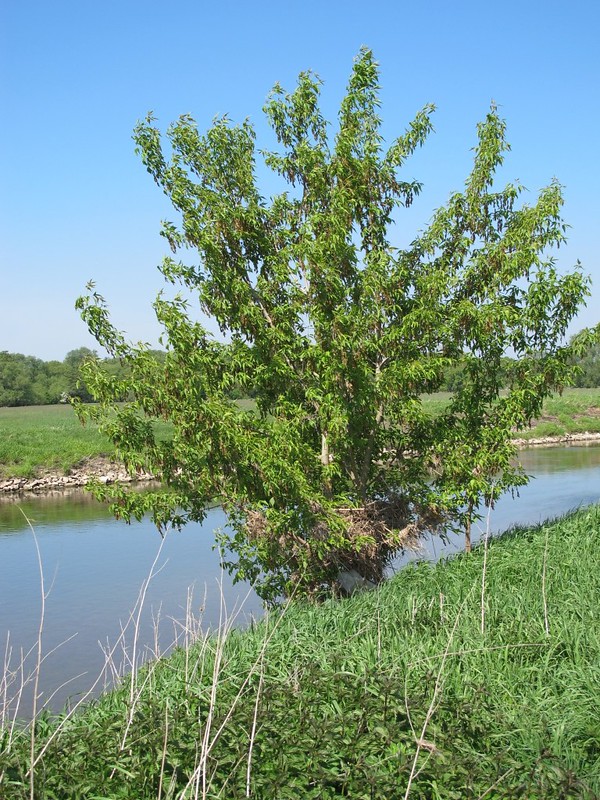
Landscaping with box elder trees offers numerous benefits that can enhance any garden. One of the primary advantages is their rapid growth rate, which provides quick results for those looking to establish a mature landscape in a short time. This characteristic makes them one of the best fast-growing trees for gardens. Additionally, their broad and spreading canopy provides ample shade, creating a cooler environment and reducing the need for artificial cooling systems in nearby areas.
Box elder trees are also highly adaptable, thriving in a variety of soil types and climatic conditions. This resilience makes them a low-maintenance option, ideal for gardeners who prefer plants that require minimal care. Furthermore, the aesthetic appeal of their compound leaves and distinctive winged seeds adds visual interest to any landscape design. Finally, these trees contribute to the ecological health of the garden by providing habitat and food for various wildlife species, enhancing biodiversity in your outdoor space.
Common Misconceptions
Despite their many benefits, box elder trees are often surrounded by misconceptions that may deter potential gardeners from incorporating them into their landscapes. One common myth is that box elder trees are invasive. While they are fast-growing and can spread quickly, proper management and regular pruning can easily control their growth. Another misconception is that these trees are prone to pests and diseases. Although box elder bugs are commonly associated with them, these pests are relatively harmless and do not cause significant damage to the tree.
Some people also believe that box elder trees are weak and prone to breaking. While they may have softer wood compared to other hardwood species, their resilience and adaptability make them durable in a variety of conditions. Understanding these misconceptions and addressing them with accurate information can help gardeners appreciate the true value of box elder trees in landscaping projects.
Planting and Growing Box Elder Trees
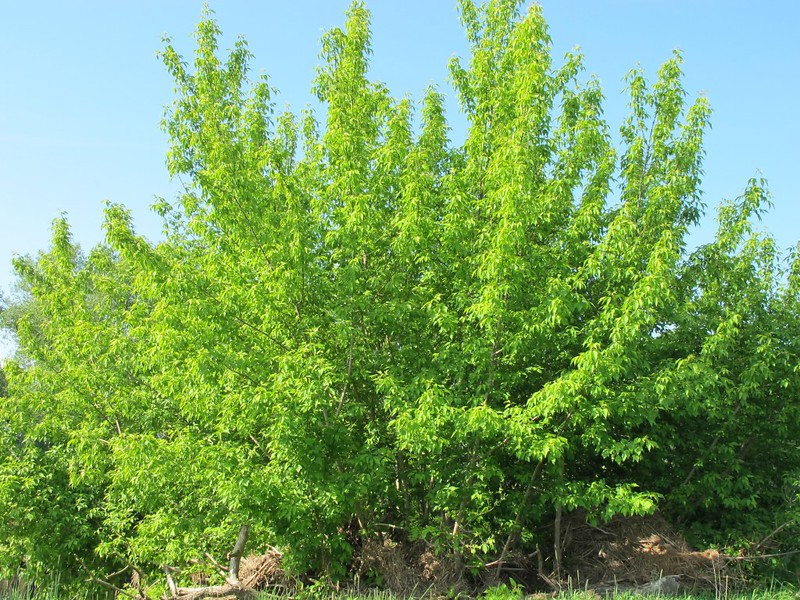
Ideal Soil and Climate Conditions
Box elder trees are highly adaptable, which makes them suitable for various soil and climate conditions. These trees thrive best in well-drained, moist soils but can tolerate a range of soil types, including sandy, loamy, and clay soils. Their ability to grow in both acidic and alkaline soils adds to their versatility, making them an excellent choice for diverse landscapes.
In terms of climate, box elder trees are hardy and can withstand both hot and cold temperatures. They are suitable for USDA hardiness zones 2 through 9, indicating their wide adaptability. These trees prefer full sun to partial shade, ensuring they receive at least six hours of sunlight daily for optimal growth. However, they can also tolerate periods of drought and occasional flooding, making them resilient to varying weather conditions. Understanding these ideal soil and climate conditions can help ensure the successful planting and growth of box elder trees in your garden.
Step-by-Step Planting Guide
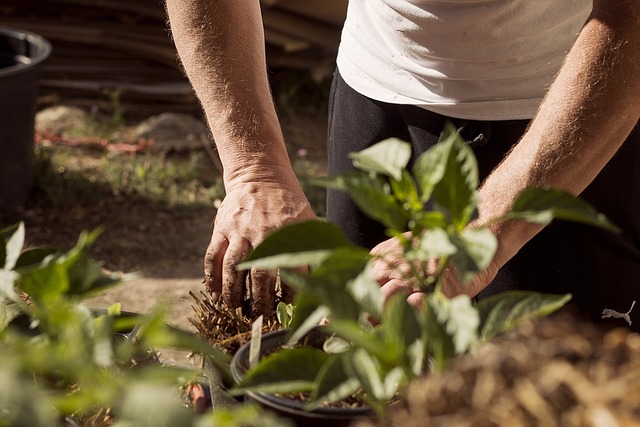
Planting a box elder tree involves several straightforward steps to ensure its healthy growth. First, select a location that offers full sun to partial shade and has well-draining soil. Begin by digging a hole twice as wide and just as deep as the tree’s root ball. This additional width allows the roots to spread more easily.
Next, gently remove the tree from its container and loosen the roots if they appear compacted. Position the tree in the center of the hole, making sure the top of the root ball is level with or slightly above the ground surface. Fill the hole halfway with soil and water it thoroughly to eliminate air pockets.
Continue filling the hole with soil, tamping it down gently to secure the tree. Water the tree deeply once more and spread a layer of mulch around the base to retain moisture and regulate soil temperature. By following this step-by-step guide, you can ensure a strong start for your box elder tree in your landscape.
Fast-Growing Trees for Gardens
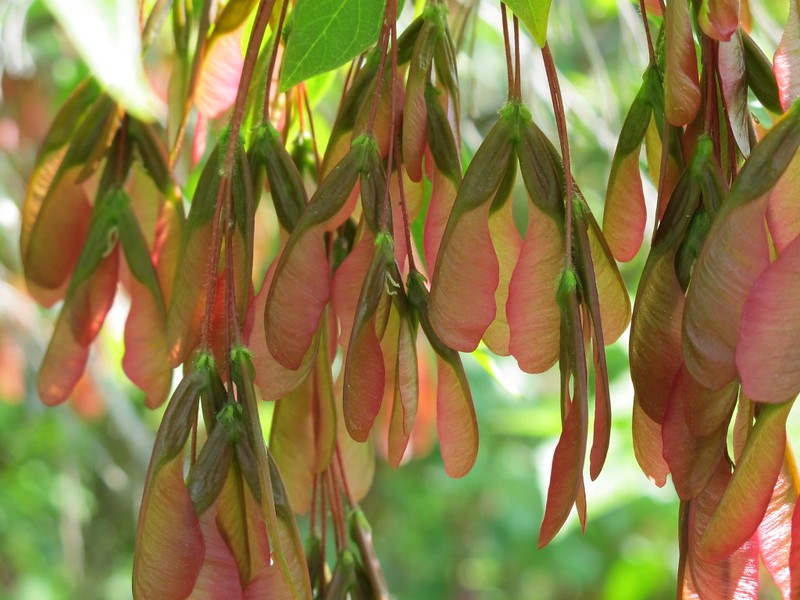
Box elder trees are among the best fast-growing trees for gardens, making them an excellent choice for those looking to quickly enhance their outdoor space. These trees can grow up to 2-3 feet per year under optimal conditions, allowing for rapid establishment and immediate impact on the landscape. Their quick growth provides several benefits, such as faster shade production, which can help cool surrounding areas and reduce energy costs.
Moreover, the swift development of box elder trees means they can quickly contribute to the aesthetic and ecological value of a garden. Their broad canopy and lush foliage create a visually appealing environment while providing habitat and food for various wildlife species. Fast-growing trees like the box elder are particularly useful in new gardens or areas requiring quick reforestation. By choosing box elder trees, gardeners can enjoy a vibrant, mature landscape in a fraction of the time compared to slower-growing species.
Caring for Your Box Elder Tree
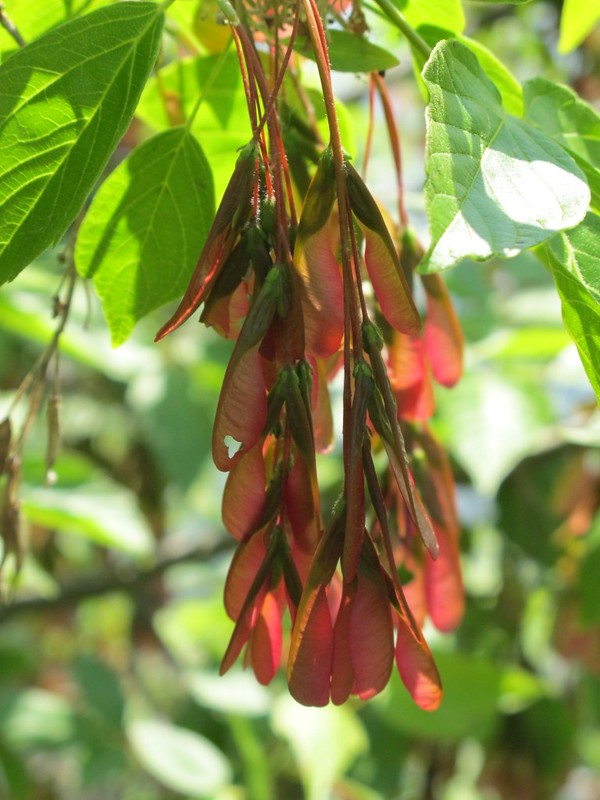
Essential Box Elder Care Tips
Proper care is crucial for maintaining the health and beauty of your box elder tree. One of the most important box elder care tips is regular watering, especially during the first few years after planting.Maintain consistent soil moisture without allowing it to become waterlogged. Deep watering once a week is usually sufficient but adjusted based on rainfall and soil conditions.
Applying mulch around the base of the tree helps to conserve moisture, stabilize soil temperature, and suppress weed growth, which reduces the need for frequent watering and prevents competition for nutrients.
Pruning is another essential care practice. Regularly remove dead, damaged, or diseased branches to promote healthy growth and improve air circulation within the canopy. This also helps prevent pest infestations and fungal diseases.
Fertilizing in early spring with a balanced, slow-release fertilizer can support vigorous growth. However, over-fertilization should be avoided, as it can lead to weak, spindly growth. By following these essential care tips, your box elder tree will thrive and enhance your garden for years to come.
Managing Pests and Diseases
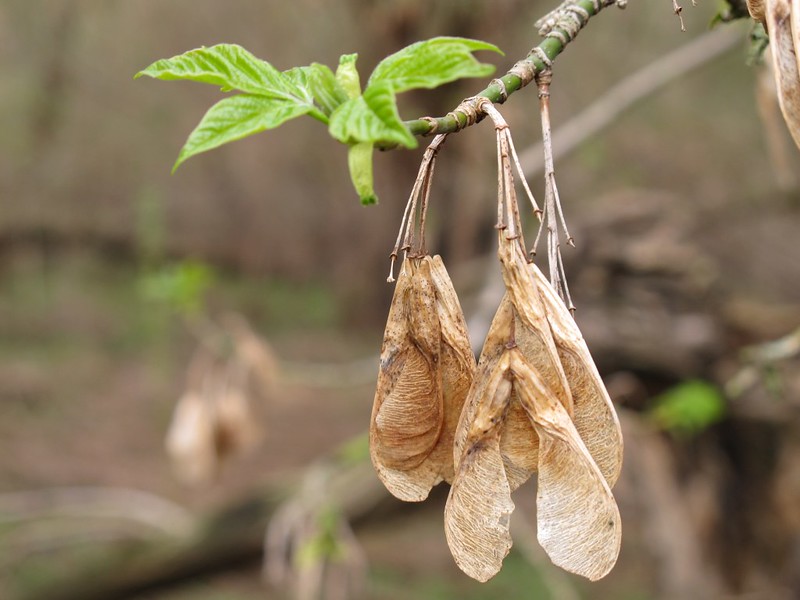
Managing pests and diseases is essential for the long-term health of your box elder tree. The most common pest associated with box elder trees is the box elder bug. While these insects are generally harmless, they can become a nuisance if they invade your home. To manage box elder bugs, keep the area around the tree clean and remove any fallen seeds or debris that might attract them.
Another potential issue is fungal diseases, such as powdery mildew or canker. To prevent these problems, ensure proper air circulation by regularly pruning the tree and avoiding overcrowding. Watering the base of the tree rather than the foliage can also reduce the risk of fungal infections.
If you notice signs of disease or pest infestation, early intervention is key. Use appropriate insecticides or fungicides as needed, and always follow the manufacturer’s instructions. Regular monitoring and maintenance can help keep your box elder tree healthy and free from pests and diseases.
Pruning and Maintenance Techniques
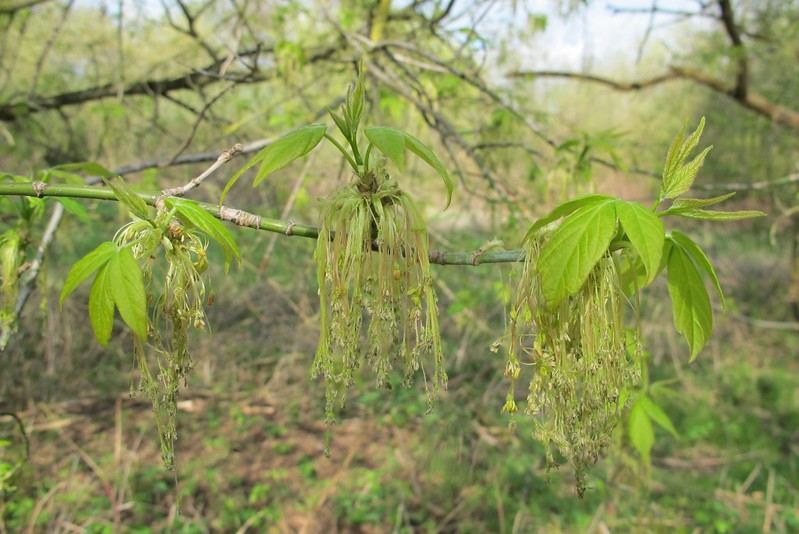
Pruning and maintenance are vital for the health and appearance of your box elder tree. Start by removing any dead, damaged, or diseased branches, as these can harbor pests and diseases. This should be done during the dormant season, typically late winter to early spring, to minimize stress on the tree.
Thinning the canopy by selectively removing some branches can improve air circulation and light penetration, which helps prevent fungal diseases and promotes healthy growth. It’s also essential to remove any suckers or water sprouts that may appear at the base of the tree or along its trunk, as these can divert energy from the main growth.
When pruning, make clean cuts just outside the branch collar to allow for proper healing. Avoid cutting too close to the trunk, as this can damage the tree and make it more susceptible to pests and diseases. Regular pruning and maintenance will ensure that your box elder tree remains strong, healthy, and visually appealing.

